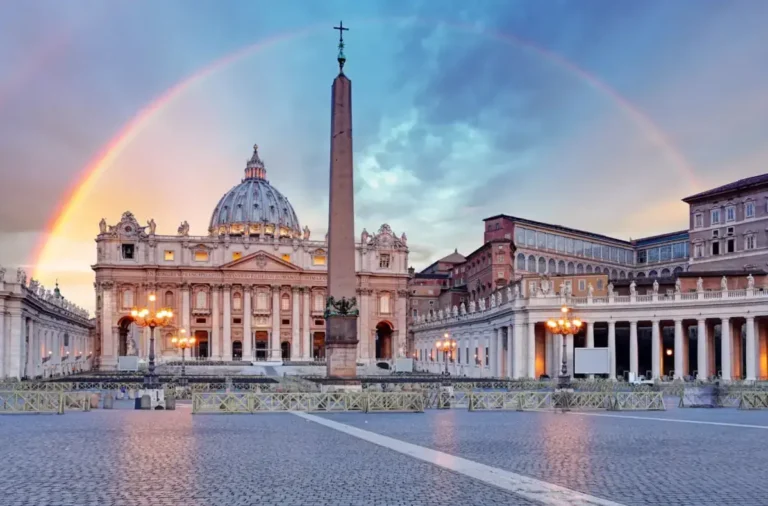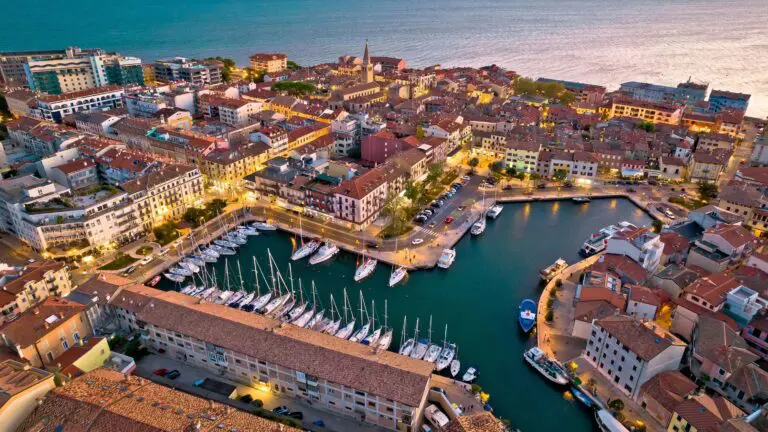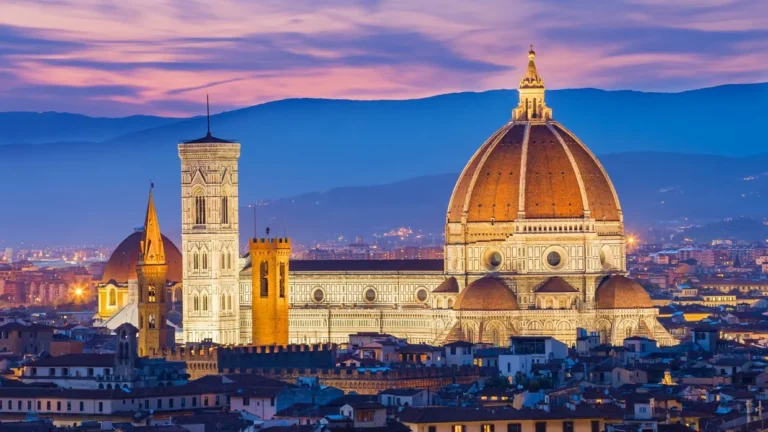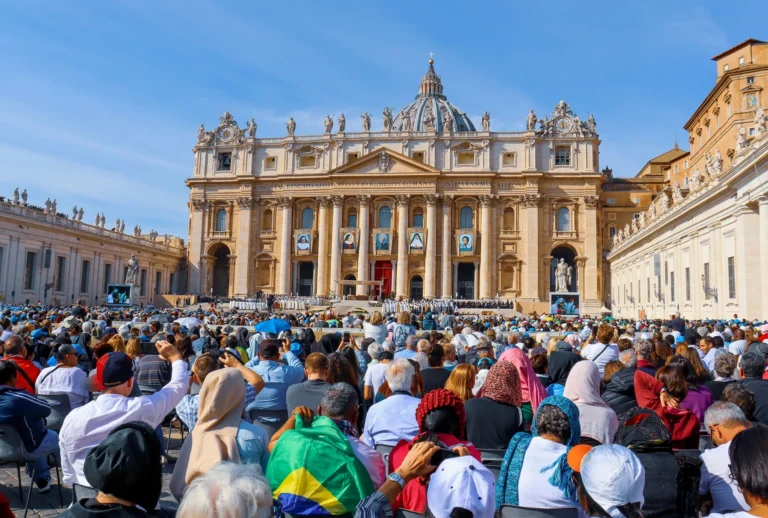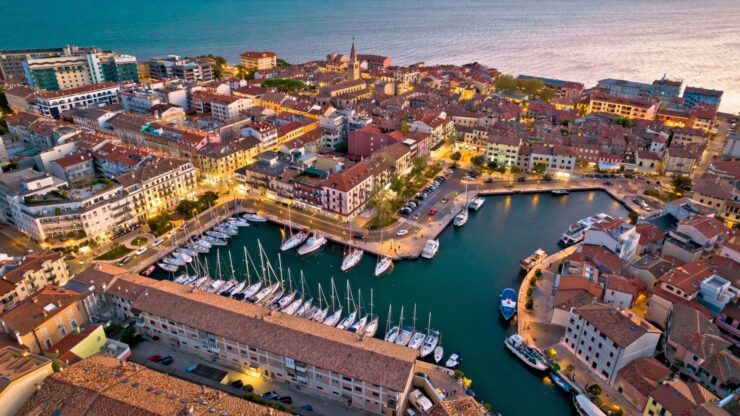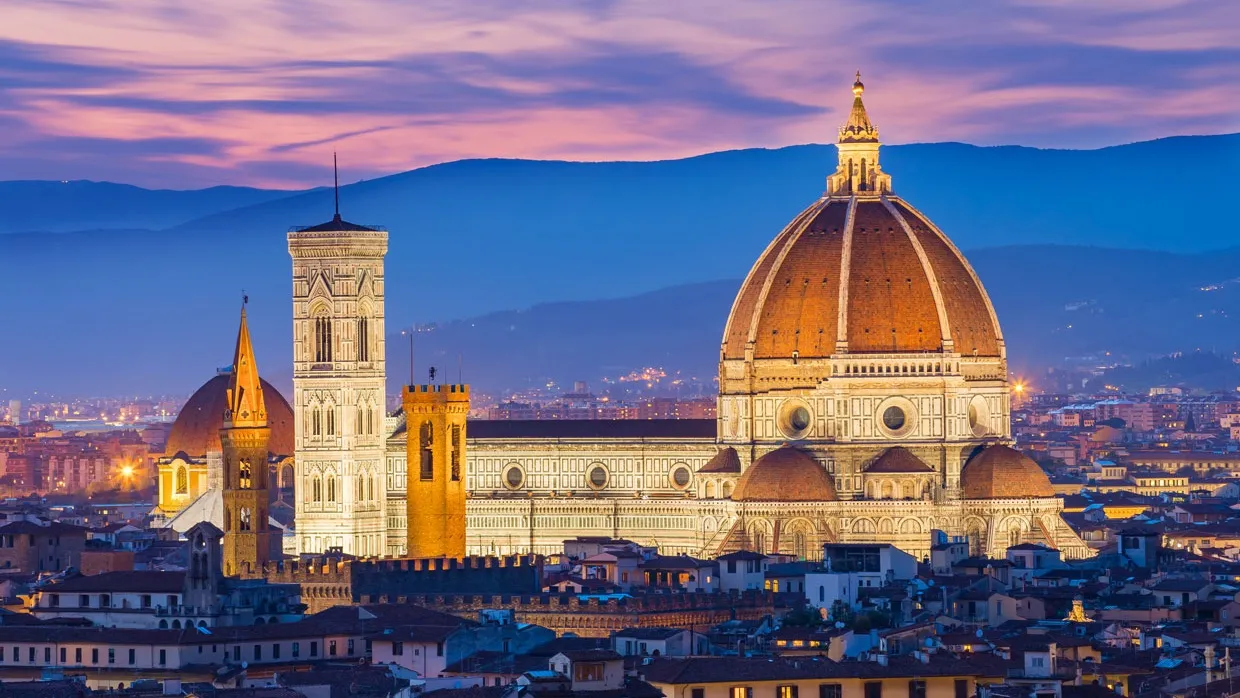Since 1929, when the Pope reached a deal with Mussolini, the Vatican has been an independent state, the world’s smallest with only 0.44 square kilometers. But within its walls are enough attractions and things to do to keep tourists busy for several days, so prioritizing your sightseeing is essential.
The two must-see sights are St. Peter’s Basilica and the Sistine Chapel. Still, the Vatican Palace contains magnificent rooms decorated by the greatest artists of their time and priceless collections in more than a dozen museums. In addition to the major museums, smaller groups will appeal to specialized interests: the Museum of Secular Art’s ancient sculpture, the Museum of Sacred Art’s finds from catacombs and early Christian churches, the Map Gallery, a gallery of candelabras and tapestries.
You’ll also see objects brought back by missionaries, Papal carriages, vintage cars, and a collection of more than 800 works of modern religious art by Matisse, Dali, Munch, Rouault, and others. Discover the best things to see and do with the list of top-rated tourist attractions in the Vatican.
Vatican Necropolis
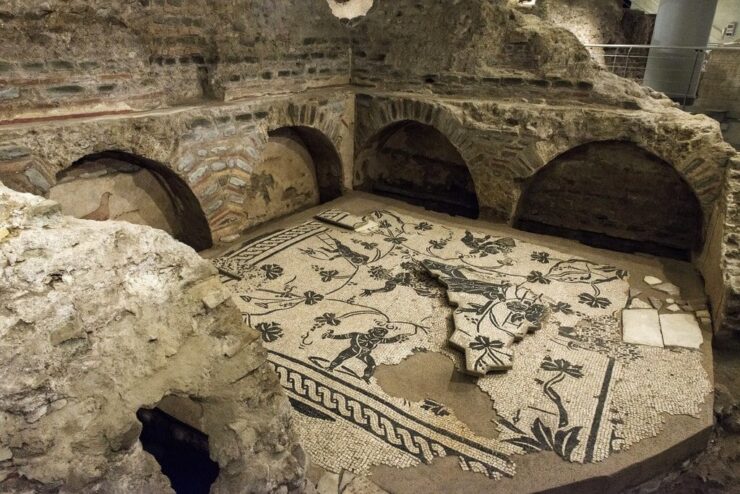
Beneath the grand dome and priceless frescoes of St. Peter’s, a treasure trove of archaeological finds awaits. Many are aware of the papal grottoes beneath the cathedral where former Popes have been interred in private chapels and the 12th-century church that accompanies them. Some don’t know that there are extensive ruins, which have been excavated even deeper in the earth below, revealing burial grounds from as early as the 1st century BCE. The deepest of the three levels contains a pagan burial site, and the next level up includes pagan and Christian graves and ruins, including stone crypts and arches dating through the 5th century.
The most significant discovery, however, is a gravesite believed to contain the remains of Saint Peter himself, a relic that the Vatican continues to excavate with meticulous care. A limited number of tourists are allowed to visit each day, and tickets must usually be purchased directly from the Vatican Excavations Office, so it is highly recommended that tourists book a pre-arranged private tour of the Vatican cemetery, which will ensure admission. Find here about a world travel agency and get the best deals and offers.
Location: Beneath St. Peter’s Basilica
Vatican Gardens
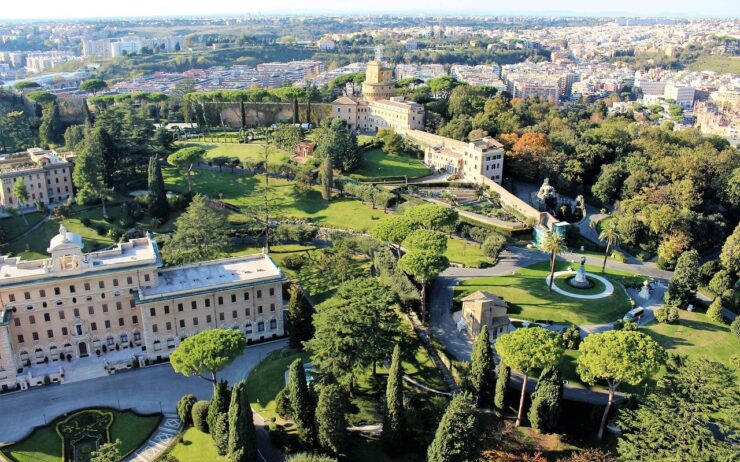
The first parts of the Vatican Gardens were created for Pope Nicholas II in the 13th century, meant to be a space for peaceful reflection. Over the centuries, the landscaped gardens, grassy spaces, and orchards have grown to cover nearly one-half of the area of the tiny city-state and rival the most beautiful gardens in Italy. In addition to the formal French Garden, visitors will find many individually potted plants along the paths containing stunning azaleas and other lush flowers. Several rare trees are planted among these and in the orchard, including an Australian silk oak and many trees brought as gifts by official visitors.
Perhaps the most significant of these trees is the olive tree, which the State of Israel presented to symbolize peaceful relations with the head of the Catholic Church. Tours of the garden must be arranged in advance through the Vatican Museum.
Etruscan Museum
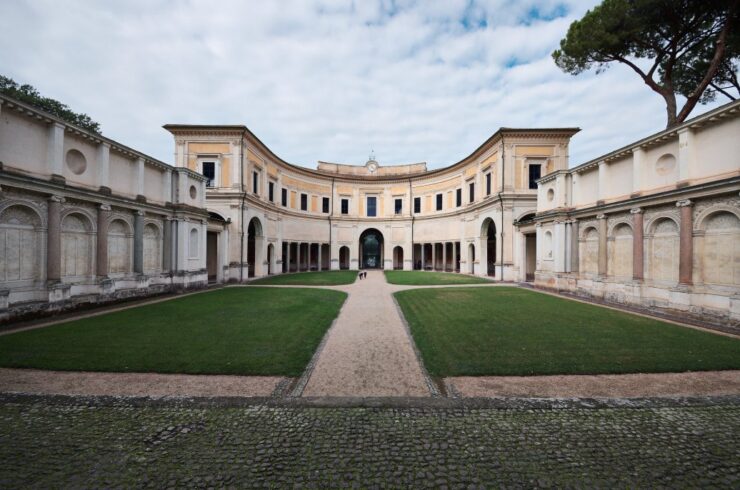
The Etruscan Museum, founded by Pope Gregory XVI in the mid-19th century, has 18 rooms of artifacts that shed new light on the life of the Etruscans and their idea of the afterlife. Among the findings from the Etruscan graves excavated throughout Tuscany are not just funerary items but artworks and objects from the everyday life of these enigmatic people. Particularly outstanding are the grave goods found in the Regolini-Galassi tomb at Cerveteri, the Mars of Todi, a head of Athena, and several wonderful Etruscan vases.
Vatican Library
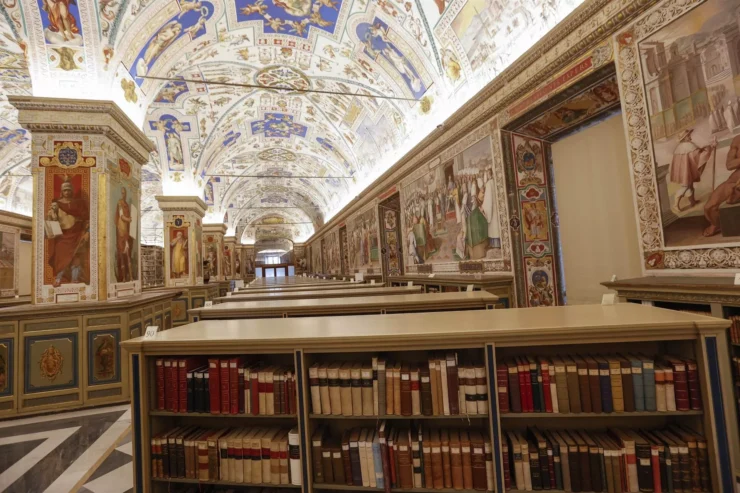
The value of its contents makes the Vatican Library the richest in the world, with 7,000 incunabula (printed before 1501), 25,000 medieval hand-written books, and 80,000 manuscripts that have been collected since the library’s founding in 1450. And that’s just the old books; it doesn’t count all the books it contains that were printed since the end of the 15th century. In its 70-meter-long hall, built by Domenico Fontana, you can admire some of its most precious treasures: beautiful hand-illuminated Gospels, Biblical codices, early printed books, parchment manuscripts, and ancient scrolls and papyri. The library also has a recently expanded collection of pontifical coins and medals.
Egyptian Museum
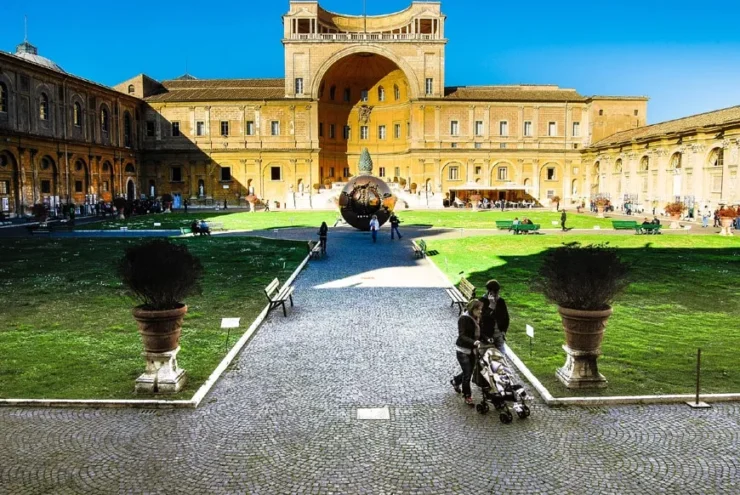
The Egyptian Museum in the Cortile della Pigna was re-founded in 1839 by Pope Gregory XVI, the first collection having been assembled earlier by Pius VIII. Much of the collection was brought from the Villa Adriana in Tivoli, where Emperor Hadrian had collected them.
Supplementing Hadrian’s collections are artifacts assembled by 19th-century collectors. The compilation here isn’t extensive, but its nine rooms exhibit some fine examples of Egyptian art from the third millennium to the sixth century BC. Highlights include basalt and wooden sarcophagi, sculptures of gods and pharaohs, bronzes, mummified heads, burial reliefs, stelae with hieroglyphic inscriptions, statues of gods and animals, and papyri. You’ll find art from ancient Mesopotamia, vases and bronzes from Syria, and reliefs from Assyrian palaces in the last two rooms.
Museo Chiaramonti
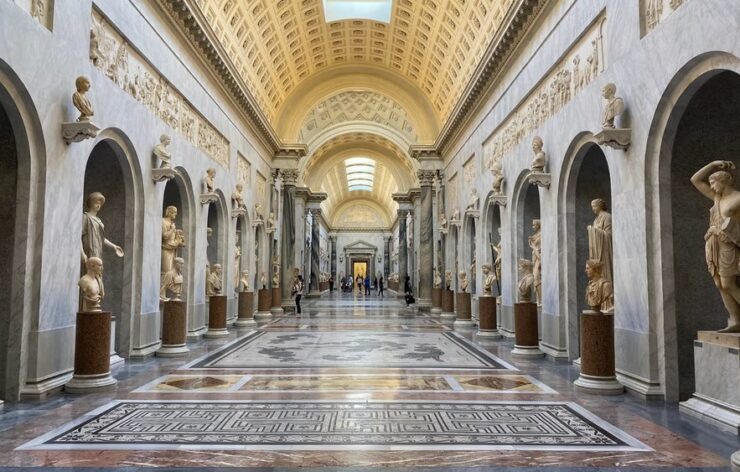
The Museo Chiaramonti, founded by Pope Pius VII in the early 19th century, is housed in a long gallery leading to the Papal palace and Braccio Nuovo. Concentrating on works of Greek and Roman art, the museum includes several Roman copies of earlier works by some of the most famous Greek sculptors, the only record of them that survives. Among the highlights of the thousand-odd sculptures, friezes, and reliefs are the Augustus of Prima Porta, a statue of the emperor found in the villa of his wife Livia; a statue of the god of the Nile; and Spear Carrier, a copy of the work by Polycletus.
In the Sala della Biga, near the entrance, are two Discus Throwers, copies of fifth-century-BC works. A funeral monument of a miller dating from the first century was found at Ostia, and two splendid gilded bronze peacocks are thought to have come from Hadrian’s Mausoleum.
So, these were some overrated and underrated places that one must know about!

